Plants for Joshua Tree area?
dimitrig
11 years ago
Related Stories
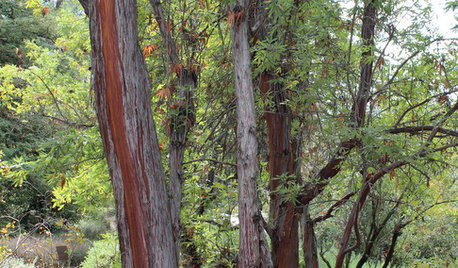
LANDSCAPE DESIGNGreat Design Plant: Catalina Ironwood, a Tree for Antiquity
Peeling bark gives this tree an antique look, but its low water needs are perfect for drought-prone areas today
Full Story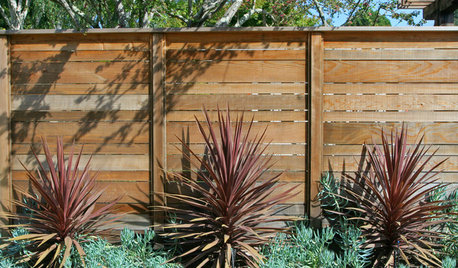
GARDENING GUIDESGreat Design Plant: Cabbage Tree
Happiest in plentiful sun, this tropical-looking tree gives a pool area or backyard landscape an exotic view all summer long
Full Story
GARDENING GUIDESPrunus Virginiana Thrives Under Deciduous Trees
Plant chokecherry for showy white flowers favored by native bees in spring, and to provide nesting habitat and food for birds
Full Story
GARDENING GUIDESPlant Black Cherry Trees for the Birds and Bees
Plant Prunus serotina in the Central and Eastern U.S. for spring flowers, interesting bark and beautiful fall color
Full Story
ARBOR DAY8 Reasons to Plant a Great Tree
Beauty is its own reward, but the benefits of planting the right tree in the right place go way beyond looks
Full Story
GARDENING GUIDESWhen and How to Plant a Tree, and Why You Should
Trees add beauty while benefiting the environment. Learn the right way to plant one
Full Story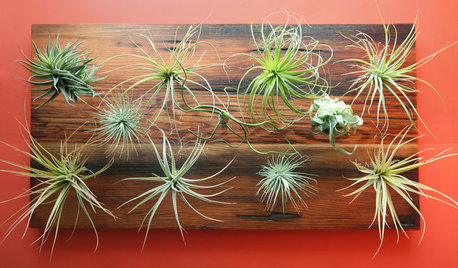
URBAN GARDENSDirt Optional: Amazing Air Plants for Wall or Tree
Succulents and air plants are stunning on winter walls — and the Christmas tree
Full Story
TREES7 Deer-Resistant Flowering Trees to Plant this Fall
If you live in a neighborhood with roaming deer, consider these beautiful trees that won't tempt hungry guests
Full Story
TREESGreat Design Plant: Cascalote Tree for Sunny Southwestern Style
Enjoy lovely yellow flower spikes in fall and winter with this drought-resistant tree
Full Story
GARDENING GUIDES10 Top California Native Plants, Trees and Grasses
Enjoy a fuss-free, water-wise garden in the Golden State by growing plants naturally in tune with the climate and wildlife
Full StoryMore Discussions






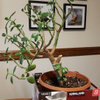
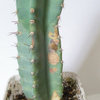
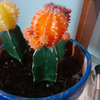
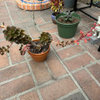
Microthrix
dimitrigOriginal Author
Related Professionals
Harvey Landscape Architects & Landscape Designers · Canyon Lake Landscape Contractors · Darien Landscape Contractors · Fort Mill Landscape Contractors · Mission Viejo Landscape Contractors · Groveton General Contractors · Manalapan General Contractors · Rocky Point General Contractors · Sulphur General Contractors · Waipahu General Contractors · Dallas Carpenters · Coto De Caza Carpenters · Jeffersonville Decks, Patios & Outdoor Enclosures · Kyle Decks, Patios & Outdoor Enclosures · Sugar Land Decks, Patios & Outdoor Enclosureswantonamara Z8 CenTex
dimitrigOriginal Author
wantonamara Z8 CenTex
dimitrigOriginal Author
wantonamara Z8 CenTex
Central_Cali369